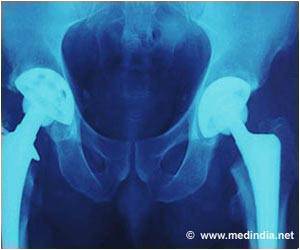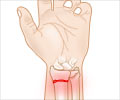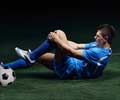Since summer is a a peak season for many sports, it comes with sports-related injuries as well. One amongst those injuries is a shoulder joint dislocation.

By the Numbers
- In 45 percent of shoulder joint instability injuries, young athletes lost more than 10 days from sport.
- Young male athletes are at greatest risk of shoulder joint instability injuries and recurrences.
- In one study, the rate of athletes reinjuring their shoulder was higher in patients younger than 23 years of age (72 percent) than patients older than 30 years of age (27 percent).
- Young athletes between the ages of 15 to 20 years of age who were treated nonsurgically had an injury recurrence rate of 87 percent.
- Arthritis of the shoulder occurred in up to 40 percent of athletes with recurring shoulder instability injuries.
Nonsurgical Management
- Nonsurgical management consists of brief shoulder immobilization and early rehabilitation, with return to sport only when the athlete achieves full pain-free motion.
- Motion-restricting braces or sleeves that prevent extreme overhead motion may be helpful in preventing recurring injuries among non-throwing athletes, but can potentially limit function and level of play.
- Although rehabilitation may help some athletes return to sport within three weeks after an initial injury, there is a greater risk of shoulder joint instability recurring with early return to sport.
- Recurrent shoulder joint instability or an inability to safely perform sport-specific drills despite rehabilitation, activity modification, or bracing are indications that surgical management options need to be considered.
- Early surgical stabilization removes the athlete from the competitive season and provides definitive management of shoulder joint instability, typically with unrestricted return to sport in six to nine months.
- Athletes with bone loss, recurrent instability, an instability event that occurs at the end of the season, or an inability to perform sport-specific drills are candidates for surgical stabilization.
- Strength – The shoulder relies on strong tendons and muscles to keep it stable. Keeping these muscles strong can relieve shoulder pain and prevent further injury.
- Flexibility – Stretching the shoulder muscles is important for restoring range of motion and preventing injury. Gently stretching after strengthening exercises can help reduce muscle soreness and keep muscles long and flexible. Advertisement
As with all return-to-competition decisions, a team approach that includes the athlete, his or her parents/family, athletic training staff, the team physician, and coaching staff is recommended. Despite the different opinions and expertise of team members, the goal should always be in the best interest of the athlete and to achieve a stable shoulder with return of full range of motion and strength. If surgical management is preferred, successful preoperative rehabilitation also is essential to successful postoperative surgical outcomes.
Advertisement












